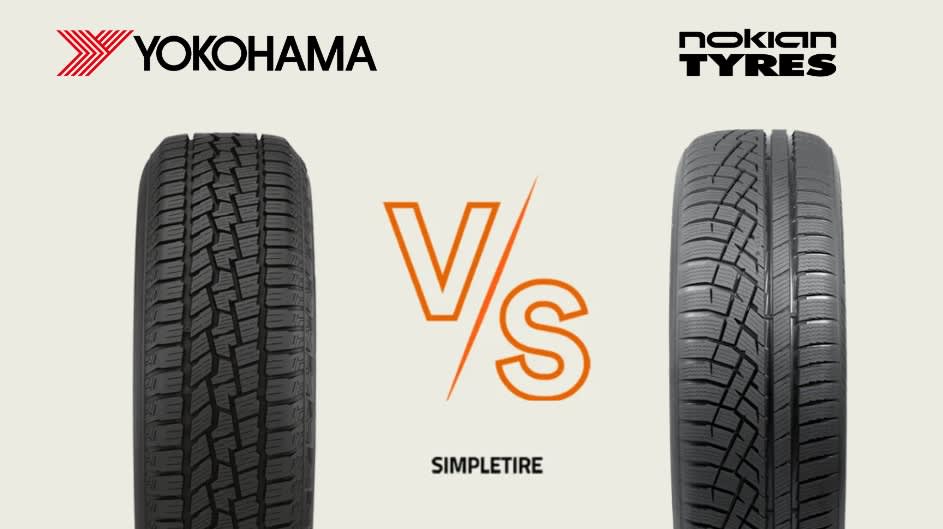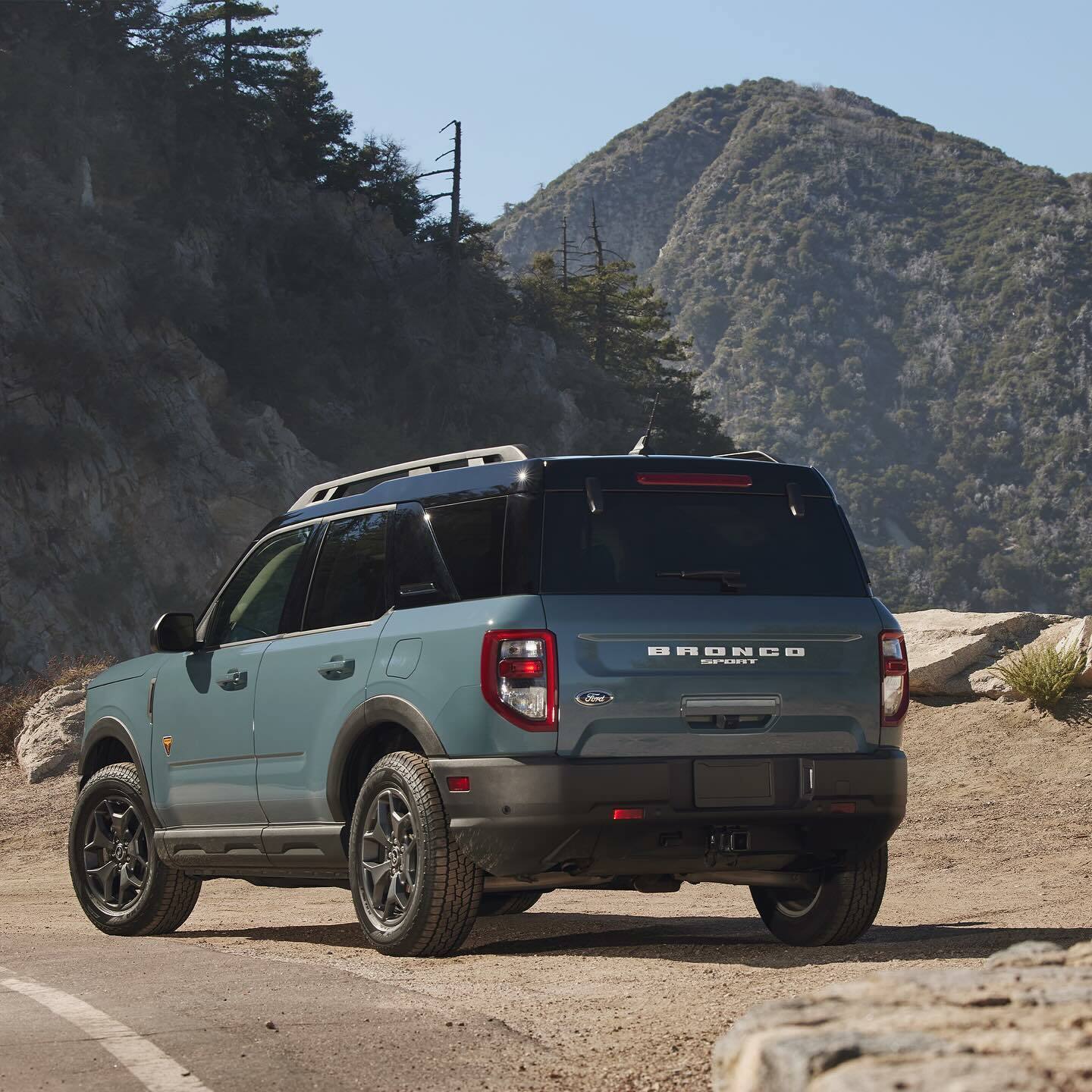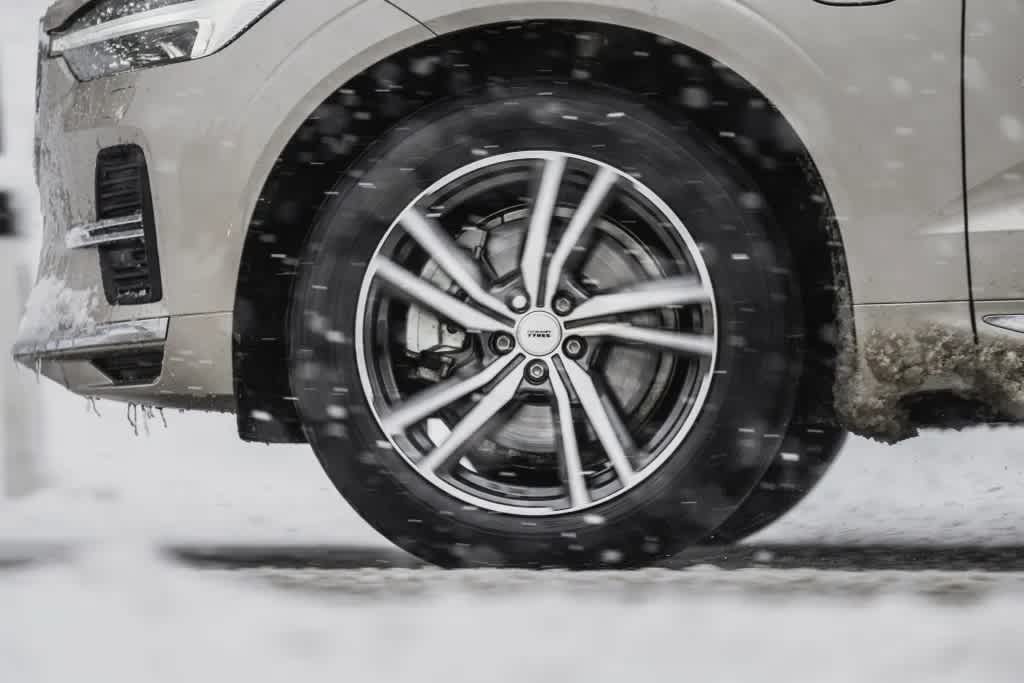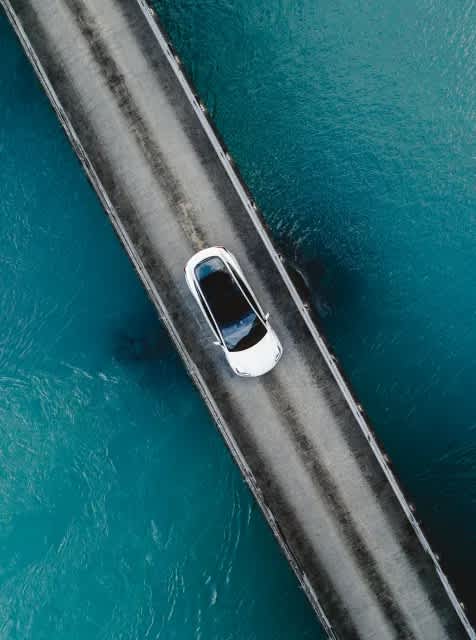Compare
Free shipping
Best price guarantee
Special pricing
Financing with Resolve
Easy returns

All-season tires are all well and good as a one-size-fits-all solution for most drivers. They’re designed for a nice balance of handling and cornering, road manners, ride quality, low noise, long wear, and year-round traction in about every kind of road condition other than heavy snow, that is. If you live in a part of the country that has tough winter weather, though, you’re probably going to find out that all-season tires aren’t going to get the job done for you. They’re fine with a dusting of light snow, but if several inches of snow piles up on the roads they are likely going to leave you slipping and sliding around, struggling for traction and control. When winter weather comes at you hard, winter tires are great but then you have to remember that winter tires use a softer tread compound that wears prematurely in warmer weather. Tire manufacturers advise that winter tires need to be dismounted and swapped for all-season tires when temperatures are above 40-45 degrees Fahrenheit.
That’s where all-weather tires like the Yokohama Geolandar CV 4S and Nokian Remedy WRG5 come in. The design and features of all-weather tires have a lot of common ground with their all-season or Grand Touring passenger tire counterparts but with more of a design and performance focus on enhanced winter traction and control. The key difference is a more aggressive tread and optimized tread compounds for winter performance, without giving up on the low noise, ride quality, handling, great wear properties, and road manners that go along with all-season and Grand Touring tires.
Are you familiar with SimpleScore? SimpleScore is the proprietary rating system that was developed by the SimpleTire team to give you a quick, at-a-glance idea of any tire’s strengths and weaknesses. SimpleScore takes a look at the tire’s technical details, specs, manufacturer info, customer reviews, and other data points, and then our team processes that to a 1-10 numerical score for the categories of traction, handling, and longevity, as well as an overall average SimpleScore number. For the Yokohama Geolandar CV 4S and Nokian Remedy WRG5, the SimpleScore ratings break down this way:
Yokohama Geolandar CV 4S:
- Traction: 8.5
- Handling: 8.6
- Longevity: 9.0
- Overall average SimpleScore: 8.7
Nokian Remedy WRG5
- Traction: 8.5
- Handling: 8.6
- Longevity: 9.0
- Overall average SimpleScore: 8.7
As handy as the SimpleScore ratings are, they’re still a high-level view that doesn’t take you in for the details of what a tire has to offer. Let’s go in and see what these tires are really all about with this head-to-head comparison of the Yokohama Geolandar CV 4S and Nokian Remedy WRG5:
Yokohama Geolandar CV 4S tires

Yokohama’s Geolandar tire family has been around for some time, and the Geolandar CV 4S is one of the latest iterations from that tire lineup. Yokohama designed the Geolandar CV 4S with an advanced tread compound that includes an innovative polymer blend, enhanced levels of carbon black, and dispersed micro silica that gives it excellent wear properties as well as helps to boost grip on wet or dry pavement. Internal construction details include a durable 2-ply polyester casing with twin high-tensile steel belts and a spiral-wound nylon cap ply that holds it all together for great stability and ride quality at highway speed.
When the weather starts to look a little ugly, the Geolandar CV 4S is ready with a combination of lateral notches and zigzag circumferential grooves that efficiently route water away from the tire’s contact patch to resist hydroplaning. Wavy sipes are generously distributed in the tread blocks to multiply the tread’s surface area and traction for slashing through snow and slush. Not surprisingly, the Geolandar CV 4S has the Three Peak Mountain Snowflake certification for severe winter service.
Despite those traction features, the Geolandar CV 4S offers a quiet and refined ride, with a tread pitch that’s sequenced and computer-tuned to keep road noise low by dissipating certain frequencies and overtones. A redesigned contact patch puts more rubber in contact with the road for improved wear properties, braking, and control as well as enhanced vehicle weight distribution. The robust construction of the Geolandar CV 4S makes it a great fit for heavier vehicles such as minivans or midsize SUVs and crossovers, and Yokohama covers this tire with a 60,000 mile limited manufacturer’s tread life warranty. SimpleTire’s price on the Yokohama Geolandar CV 4S starts at $167.99 per tire.
Nokian Remedy WRG5 tires

Nokian (yes, the same parent company as Nokia phones) is a Finland-based tire manufacturer, and considering their country of origin, it’s a logical assumption that any tire company from Finland would have plenty of experience in designing and manufacturing tires that are easily up to the challenge of driving in a tough Scandinavian winter. That assumption would be 100% correct, of course; Nokian was first to market with winter tires for trucks in the 1930s, and their tires are still leading the pack when it comes to durable, innovative designs for winter performance in heavy snow and slush.
The Nokian Remedy WRG5 is a little different, as it’s technically an all-weather tire and not a dedicated winter tire. Like the Yokohama, the Nokian starts out with a specialized rubber compound that is designed to stay flexible for traction at subfreezing temperatures. A key difference from the Yokohama, though, is the Nokian Remedy WRG5’s reinforced casing and low rolling resistance which makes it an excellent choice for EVs and hybrids.
On wet roads, the Nokian features a symmetric all-weather tread with deep circumferential grooves that efficiently resist hydroplaning as they channel water away from the tire’s contact patch, and its dense network of strategically placed 3D sipes gives it an advantage in snow and slush. Snow Claw Blocks, Snow Boosters, and Dual Performance Siping round out this tire’s traction features and earn it the Three Peak Mountain Snowflake rated for severe winter service. Rigidity is crucial to any tire’s handling properties, and the Nokian’s support blocks link tread elements together for enhanced stiffness and durability, with reinforced shoulder blocks that discourage deformation and tread squirm during hard cornering.
Like with the Yokohama, the Nokian’s tread pitch is randomized and computer-tuned to negate certain frequencies. Another interesting innovation with the Remedy WRG5 is its asymmetric tread, with the outboard half of the tread optimized for enhanced handling, and the inboard section of the tread designed for snow traction. Nokian covers the Remedy WRG5 with a 60,000 mile limited manufacturer’s tread life warranty. SimpleTire’s price on the Nokian Remedy WRG5 starts at $132.95 per tire.
Yokohama Geolandar CV 4S vs Nokian Remedy WRG5 tires on traction
How do the Geolandar CV 4S and Remedy WRG5 stack up against each other when it comes to traction? With a SimpleScore of 8.5 for each tire, they are dead even with each other in the traction category. The design of the two tires is a bit different, with the Nokian’s asymmetric all-weather tread compared to a more conventional layout for the Yokohama. Still, they both feature tread compounds that are designed to stay pliable in extreme cold for traction, both have networks of strategically-placed sipes, and both have the Three Peak Mountain Snowflake certification for severe winter service (a rating that the tire industry actually sets the bar pretty high for). Considering that the two tires are deadlocked with each other on SimpleScore ratings, our decision is:
ADVANTAGE: Tossup
Yokohama Geolandar CV 4S vs Nokian Remedy WRG5 tires on handling
So how about handling, then? Once again, the Yokohama and the Nokian have identical SimpleScore ratings of 8.6. Usually, the SimpleScore for traction is going to be tied in with the score for handling; after all, if a tire can’t get a good grip and stay planted on the pavement while making a turn or rounding a curve, it’s not going to have good handling and control properties. The Nokian and the Yokohama are both tires that exhibit few vices and deliver cornering ability and steering responses that are confident, predictable, and neutral. That doesn’t mean they’re going to be quite as crisp as a performance tire, but both tires are very capable and responsive in terms of handling. Our decision:
ADVANTAGE: Tossup
Yokohama Geolandar CV 4SC vs Nokian Remedy WRG5 tires on longevity

So now we get to the longevity category, and guess what? Once again, a solid 9.0 SimpleScore for the Nokian and the Yokohama both. That’s a bit less of a surprise since SimpleScores for longevity is usually tied in with the limited manufacturer’s tread life warranty for a tire. Both the Nokian and the Yokohama have a very respectable 60,000 mile mileage warranty; they’re both durable and stable with robust internal construction and tread formulations designed for long, even wear. Our decision:
ADVANTAGE: Tossup
When to use each
So how tough are the winters where you live? If you live in a region (maybe the upper Great Plains, New England, or Canada?) where you can bank on seeing rough winter conditions, the kind that leaves a few inches of snow that sticks around for days and turns roads slicker than a hockey rink, all-weather tires like the Yokohama Geolandar CV 4S and Nokian Remedy WRG5 would both be great choices. Both tires are suitable for year-round use and don’t come with the headache of dismounting and storing them when things warm up again, like winter tires. They both have the 3PMSF rating, are designed for year-round performance, and deliver a nice balance of year-round traction and Grand Touring ride comfort and handling levels without giving anything away when it comes to traction in wet or snowy weather.
Which one should you choose?

As you make your way through the SimpleTire site, you’ll find a number of head-to-head comparison reviews like this one. What you won’t find very often are ones where the two tires being discussed are dead even in performance and ratings; there’s usually at least somewhat of a disparity between the two where contrasts can be pointed out. Not this time around, though – the Yokohama and the Nokian are both packed with design features, innovations, and premium materials and engineering that make them very capable and competent performers with long tread life, solid road manners, true year-round traction, and refined ride quality.
So let’s take a look at prices: the Yokohama starts out at $167.99 per tire vs $132.95 per tire for the Nokian. That’s a pretty considerable price spread between the two, and it does shed a bit of a different light on the Nokian when you consider value. So let’s just lay it down this way: if you can afford the Yokohama Geolandar CV 4S, that’s the tire you should choose. If you want to save some money on the whole set of tires, opt for the Nokian Remedy WRG5. It’s our honest take here at the SimpleTire team that you won’t be making a bad call either way.
Still not sure which tire to buy? Fortunately, SimpleTire is here to help as our helpful agents are more than happy to assist you in selecting the right tire for your ride and budget.
Ready to find the perfect tires?
Search By